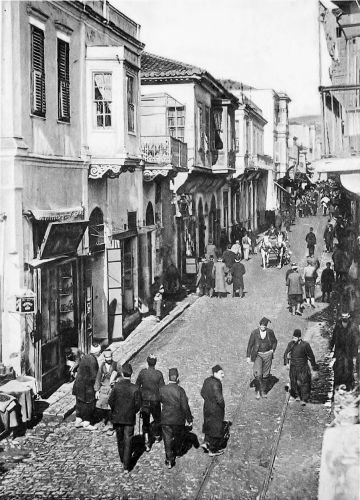An Entirely too Brief
Overview of Ladino Song
The final expulsion of the Jews from Spain in 1492 and from Portugal in 1497 began migrations in which the Jews eventually settled in communities spanning the vast Ottoman Empire, from Northern African and the Mediterranean to the Balkans, and beyond. In each adopted home, languages, food, customs, stories, songs, and music mingled with their hosts. Eventually, cultural and linguistic offshoots evolved.
The Ladino language itself is a beautiful illustration of these patterns. Variously called Judezmo, Ladino, Spaniolit, Yehuditze, Hekatia, Saphardi or simply Spanish, the language is more like a number of closely set ribs that form the umbrella term “Judeo-Spanish."
Each community integrated words and expressions from the local language, including Greek, Slavic languages, Arabic, Turkish, and Hebrew. The Judeo-Spanish variations became a kind of linguistic time capsule: The Spanish Jews preserved the lexis, syntax, morphology and phonology of Medieval Spanish as well as idioms, pronunciation and accent of words which have long since vanished from Spain itself.
Though it is considered an endangered language, Ladino is still spoken by pockets of Jews, today primarily in Israel. In the United States, significant Ladino speaking communities are in Seattle and New York.
The Forgotten Kingdom springboards off of women’s songs mainly from the Ottoman Jewish community of Salónica, later known as Thessaloniki once it became part of Greece in 1912. The traditional source music is primarily from the late nineteenth and early twentieth centuries, though the lyrics of a few of these songs are much older, even pre-dating 1492. While these older songs may well have been sung for hundreds of years, there is little evidence left to indicate the melodies and ornamentations used back then. The melodies we know today are much more recent.
Salónica street, early 20th century
Salónica waterfront as it would have appeared early 20th century

